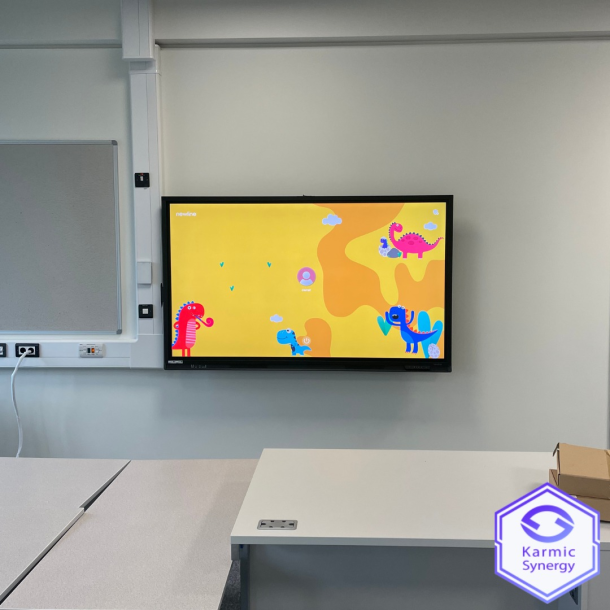How to Plan and Install IT Infrastructure in a New Business Premises
Whether you’re opening a new office, clinic, shop or hospitality venue, your IT setup needs to be part of the foundations — not an afterthought. A well-planned infrastructure supports everything from daily productivity to long-term growth. Here’s a step-by-step guide to getting it right from day one (just like this IT installation for a dental practice.)
1. Assess Your Space and Needs
Start by understanding how your team will use the space. Identify where workstations, reception areas, Wi-Fi zones and any fixed devices like printers, tills or AV screens will go. This will help you plan for structured data cabling and power points that reach every corner efficiently.
2. Choose a Central Network Hub Location
Decide where to install your network cabinet — ideally in a secure, well-ventilated area. This is where patch panels, switches, routers and other core hardware will live. All your wired connections will terminate here, so keep it accessible for future maintenance.
3. Install Structured Cabling
Use Cat6 cabling as standard to futureproof your setup for high-speed data and VoIP systems. Label each cable at both ends for ease of troubleshooting. Structured cabling is essential to support devices like desktops, phones, payment systems and access control points.
4. Set Up Reliable Wi-Fi
Install business-grade Wi-Fi access points throughout the building to eliminate dead zones. Plan coverage based on usage — staff rooms, meeting spaces and reception areas may need higher bandwidth. Hardwire any devices that don’t need to move for added stability.
5. Plan for Security and Access Control
Integrate physical security measures like electronic door locks and CCTV while your premises is still under development. This avoids messy retrofitting and ensures smooth operation. Access control systems can be set up for fobs, keypads or remote entry later on.
6. Backup and Cloud Access
Set up cloud-based backup solutions from the outset to keep business data secure. Cloud storage and recovery tools protect you against accidental loss, device theft or system failure — without the need for bulky hardware.
7. Configure Software and Collaboration Tools
Whether you choose Microsoft 365 or Google Workspace, set up your users and emails early so you’re ready to go. These platforms also include built-in security and productivity apps that streamline day-to-day operations.
8. Test Everything Before You Open
Once the physical infrastructure is in place, run checks on every connection and access point. Confirm that phones, printers, cloud access and Wi-Fi all work smoothly. This ensures your business opens with zero technical disruptions.
Need Help with Setup?
If you’re planning a new premises, it’s worth getting advice from professionals who specialise in IT support in North Wales. An expert team can help with design, installation and long-term support tailored to your needs.

